
Photos include aerial shots with downtown and/or the Civil Rights Institute.
By David Fleming, REV Birmingham CEO
In public planning processes, organizers ask the same three questions: What do you love? What do you want more of? What do you want less of?
Those questions are used again and again because they yield important answers that policymakers, elected officials and developers use to form strategies like the City Center Master Plan that is currently underway.
But I want to focus on one thing that always emerges from the “what do you love” question when posed to Birminghamians: The most universally loved thing about Birmingham is its history.
Birmingham has an impressive stock of historic buildings and renewed interest in saving and reusing them. We’ve lost some icons along the way, like Birmingham’s Byzantine-inspired Terminal Station that was demolished in 1969 – but we still have treasures like the Alabama, Lyric & Carver theaters, 16th Street Baptist Church and the 4th Avenue business district, the Elyton Hotel and John Hand Building, and many venerable beauties in between. Then, we have more historic buildings that haven’t quite yet been saved, but they’re still standing, waiting on the new life that redevelopment could bring.
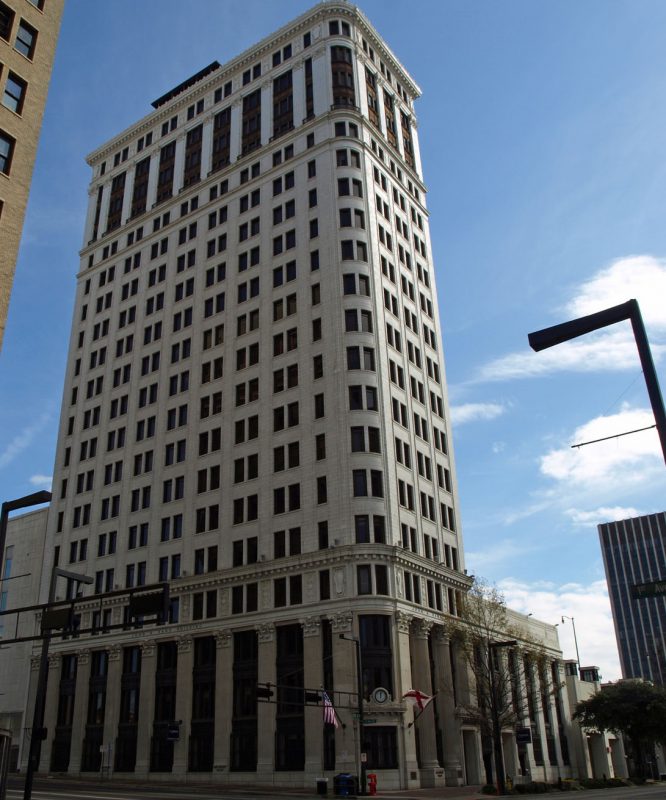
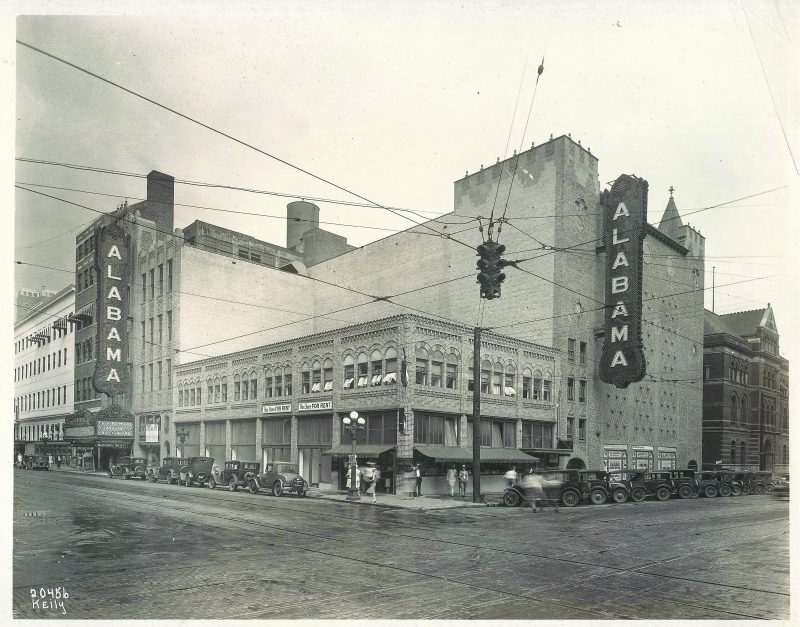
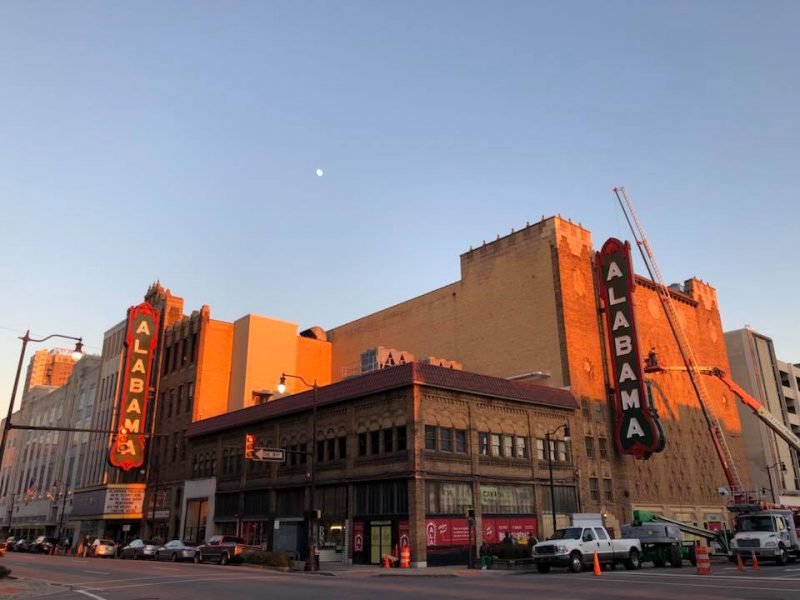
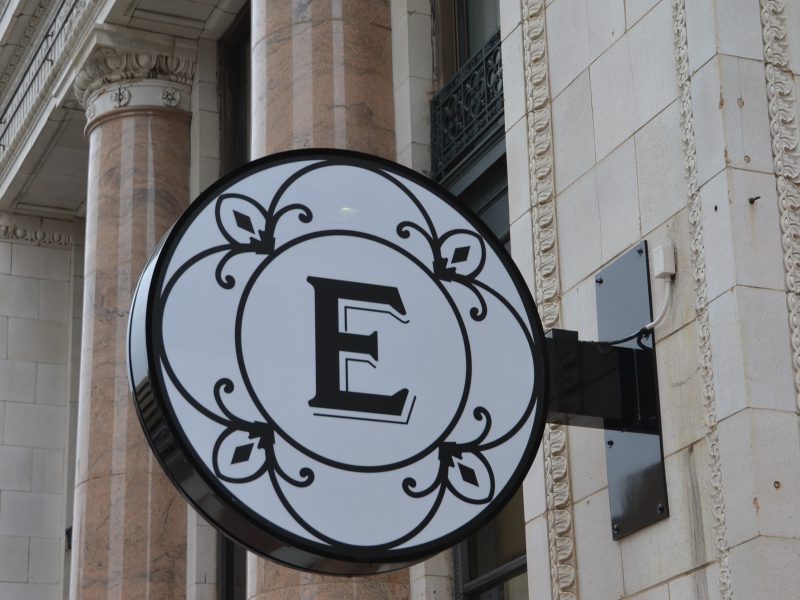
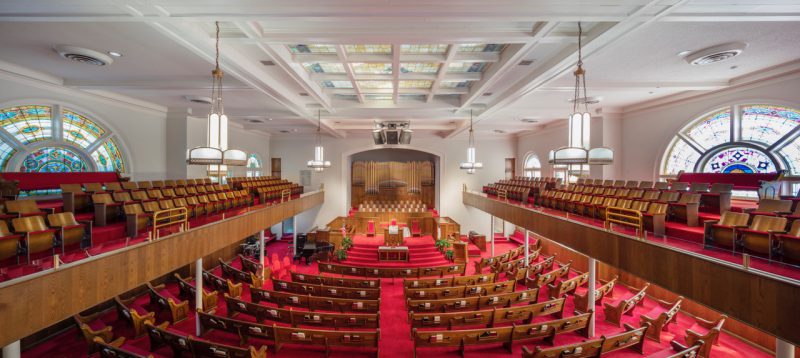
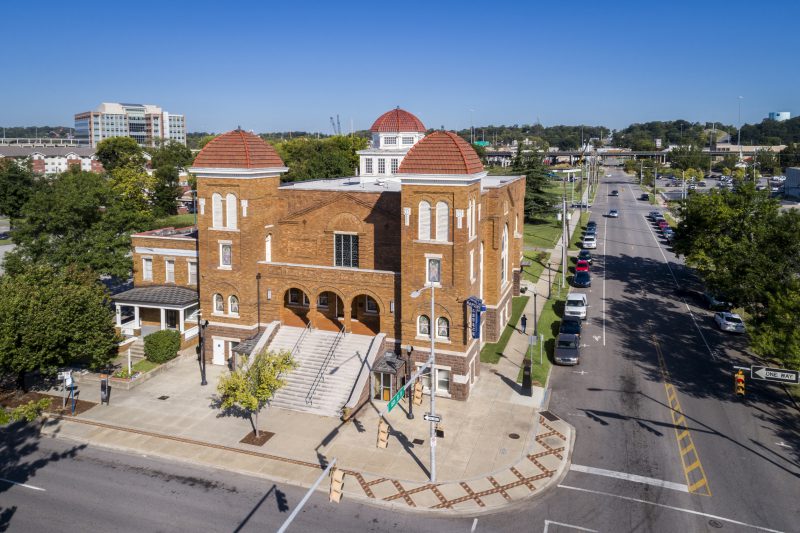
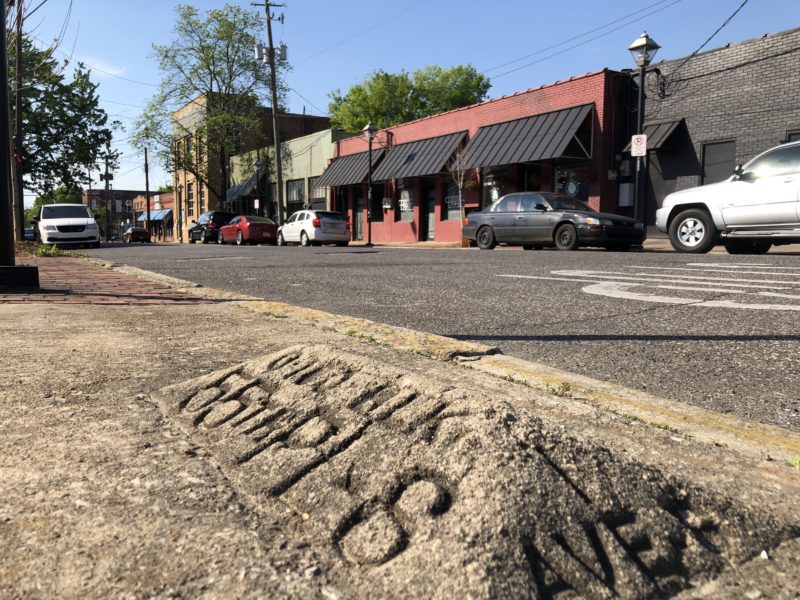
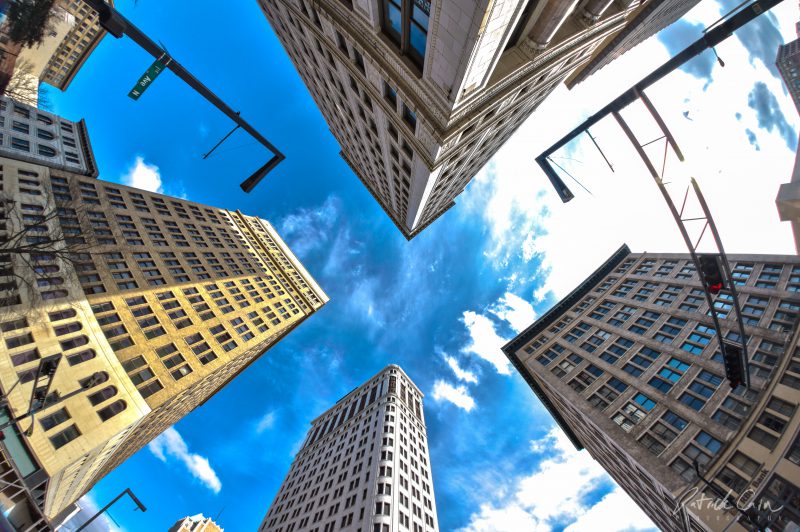
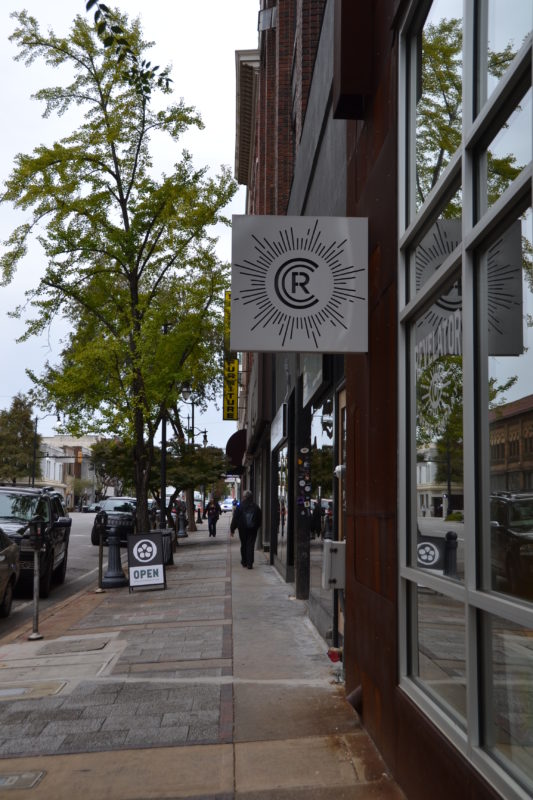
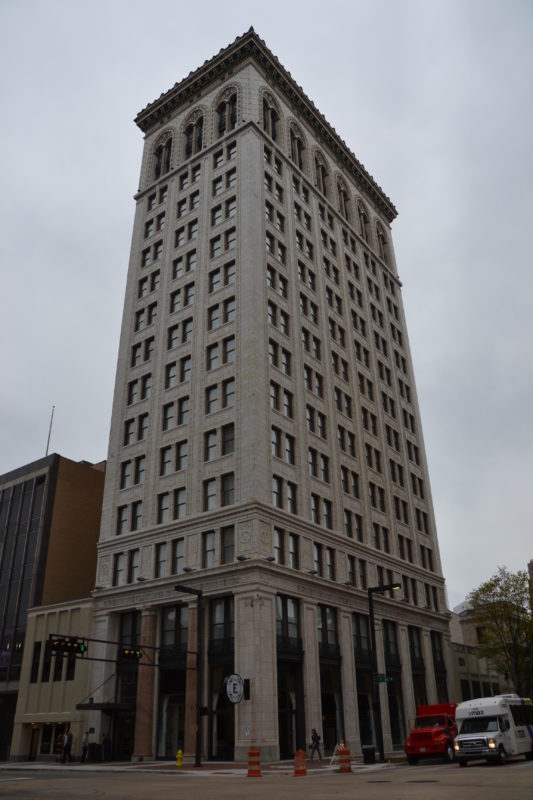
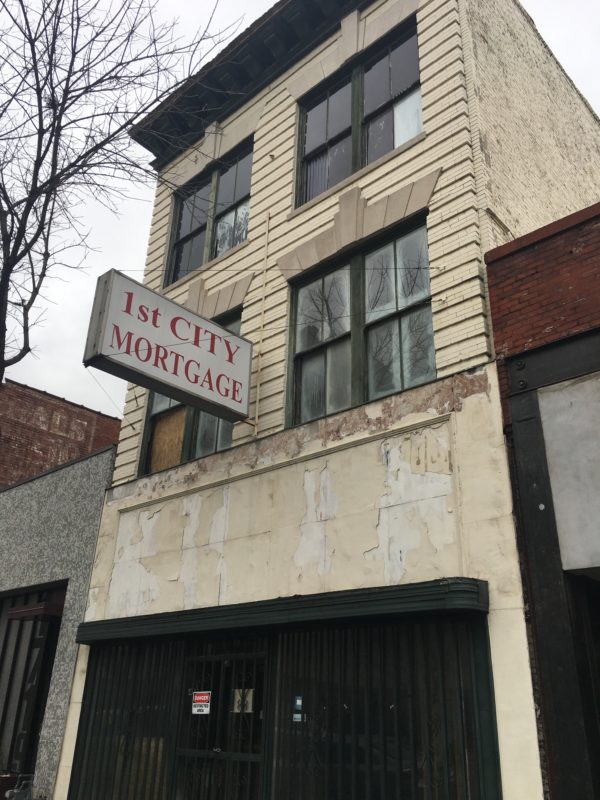
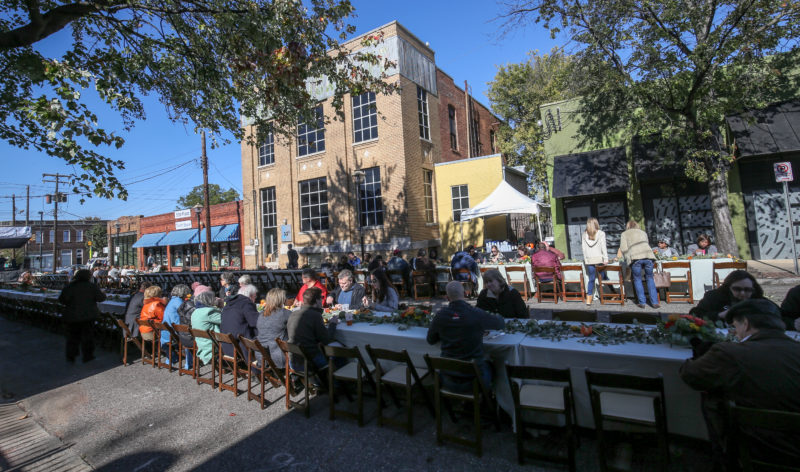
Can you tell I’m a building hugger? Guilty as charged – but historic preservation is valuable far beyond saving architecture. Historic preservation is one of those rare things that serves not only as a tool for good economic development, but it is an outcome of good economic development as well. How so? Well…
- Historic urban fabric attracts and retains the talented workforce businesses and cities need in the modern economy because people want to live somewhere distinctive and authentic.
- Rehabilitation of historic buildings has been proven in many studies to have a greater positive impact on the local economy and local jobs than the same amount of new construction.
- Historic districts that have their integrity intentionally protected are usually areas where you find stable or higher property values than non-historic districts.
May is National Historic Preservation Month, as so celebrated for years by the National Trust for Historic Preservation and the National Park Service. REV is celebrating too by focusing our content in May on the power and importance of historic preservation.
Follow REV on social media
We will feature places and people doing good historic preservation that results in positive outcomes for the community. We’ll also share more reasons it’s wise for communities to prioritize historic preservation rather than just accepting it as nice if it happens.
The National Trust’s ReUrbanism initiative says it well: “Historic preservation encourages cities to build on the assets they have—unleashing the enormous power and potential of older buildings to improve health, affordability, prosperity, and well-being. Ultimately, it’s the mix of old and new buildings, working together to fashion dense, walkable, and thriving streets, that helps us achieve a more prosperous, sustainable, and healthier future. By transforming the places we live to places we love, older buildings are a key and irreplaceable component of this future, and we are richer and stronger when they remain.”
At REV Birmingham, we agree.
Related News
-
Safeguarding history, one preservation easement at a time
Filed Under: Developer, Front Page, Historic Preservation, Yaysayers
As longtime preservation advocates, we’re also proud to introduce REV’s own Historic Preservation Easement Program, created to help safeguard Birmingham’s irreplaceable architecture while adding long-term value to development projects involving historic properties.
-
Preservation that pays: How historic tax credits can power a downtown revival
Filed Under: Developer, Downtown Birmingham, Front Page, Historic Preservation
For preservation advocates (or “building huggers,” as we like to call ourselves), historic tax credits are essential. They don’t just help save historic buildings — they support local economies, encourage private investment and breathe new life into spaces that shape the identity of our communities.
-
Listing history, building legacy: The National Register’s role in downtown’s historic districts
Filed Under: Front Page, Historic Preservation
We’ve explored downtown Birmingham’s preservation wins and mourned its losses; this time, we’re turning our attention to the tools that help make preservation possible. In this piece, we’ll be diving into what is arguably the most foundational tool — and often the first step — in any preservation project: getting a building or district listed on the National Register of Historic Places.